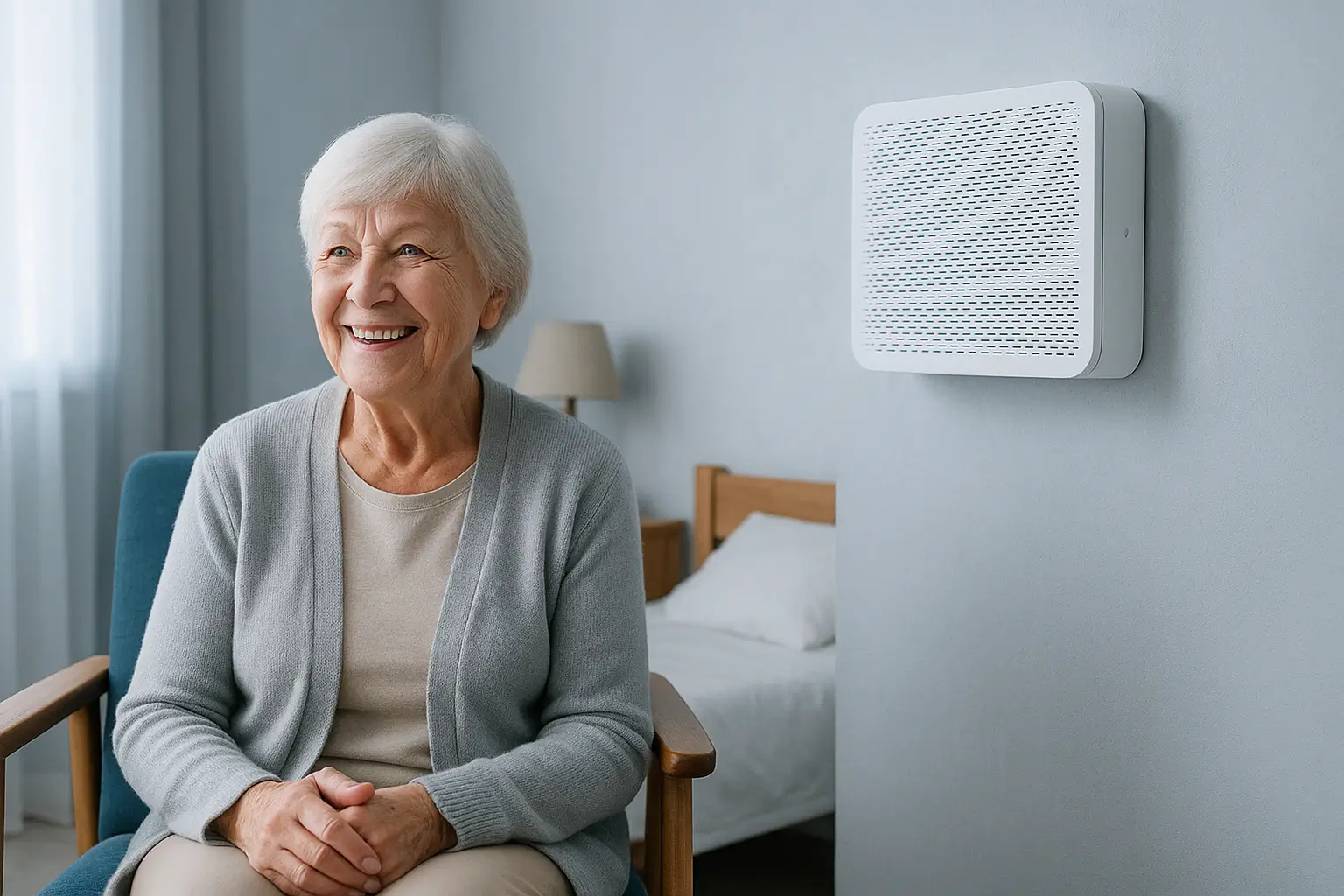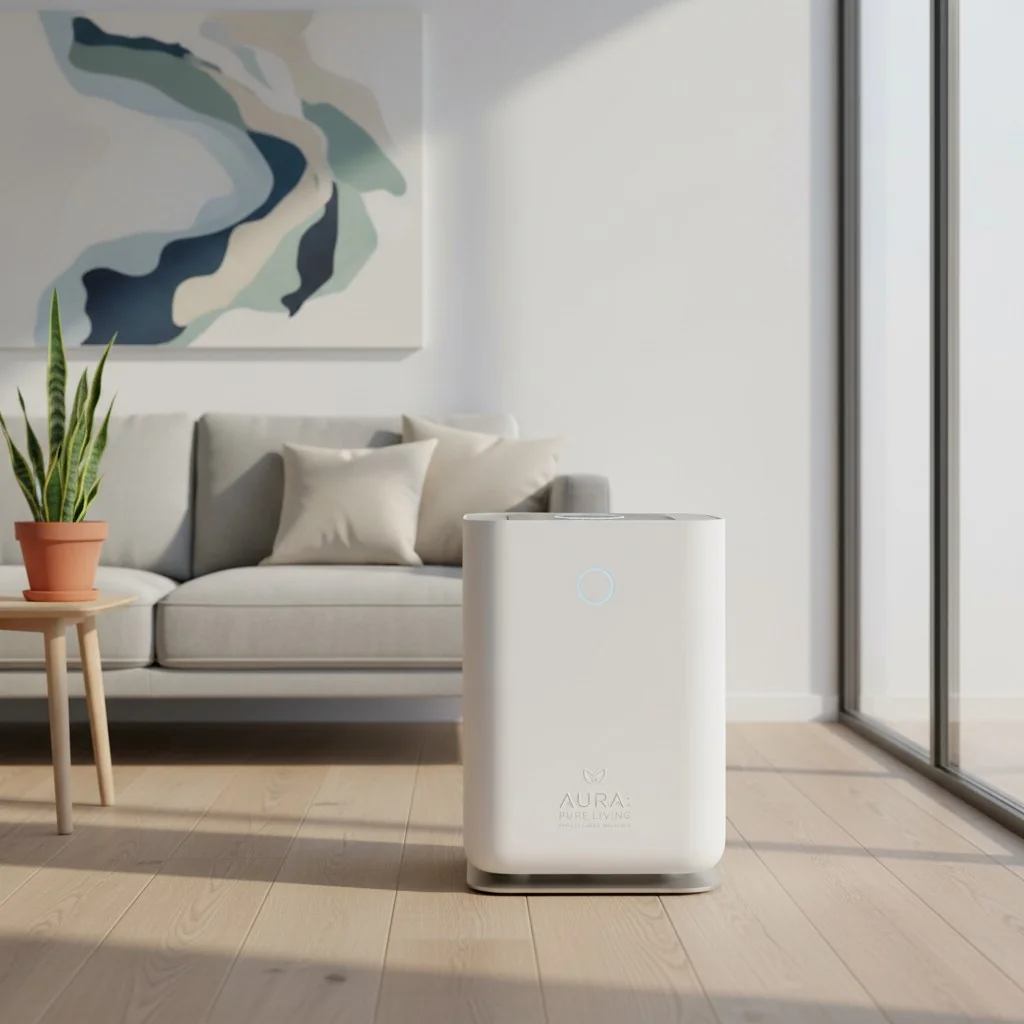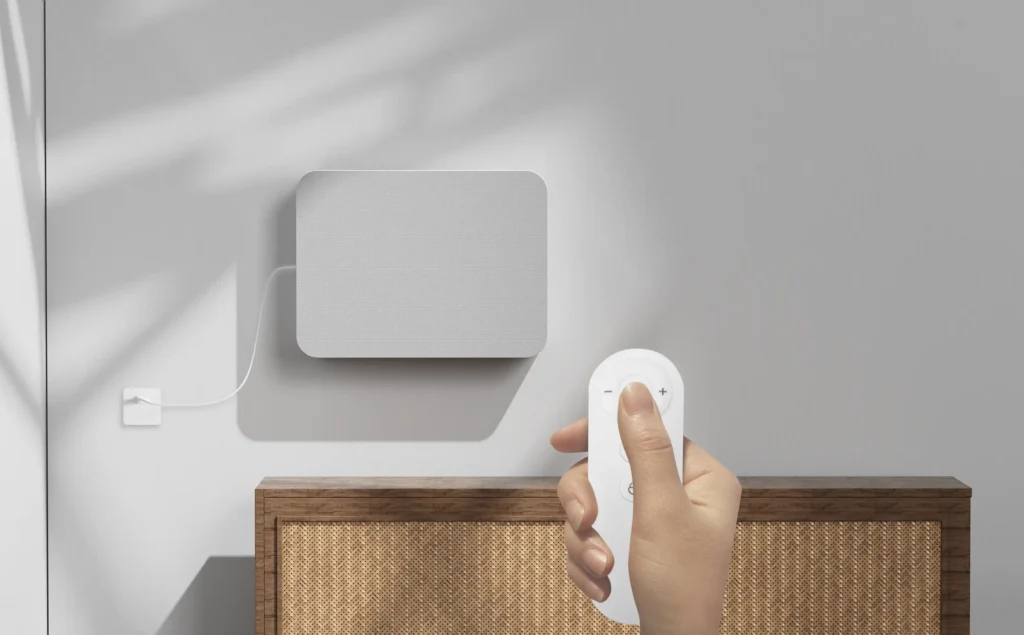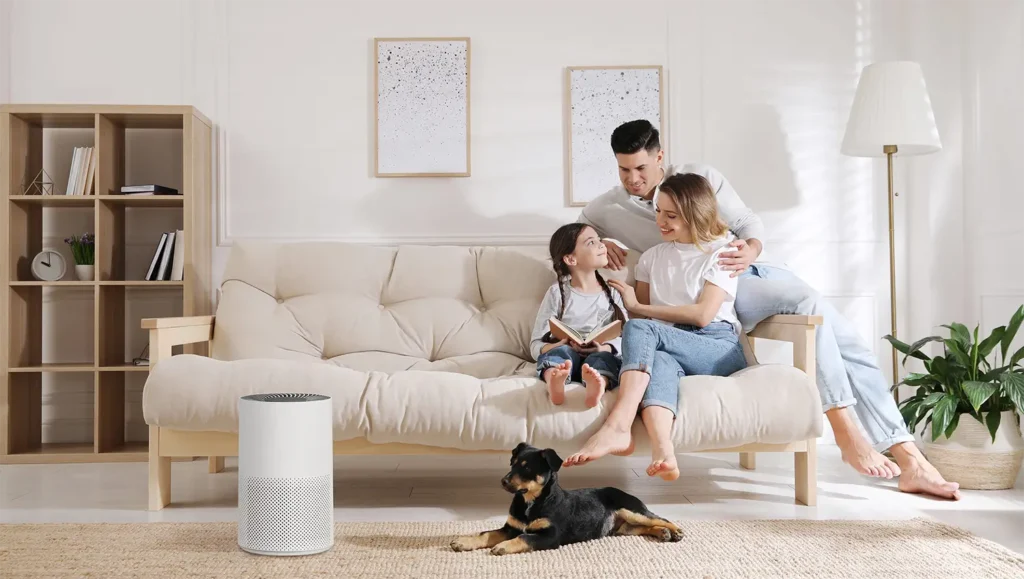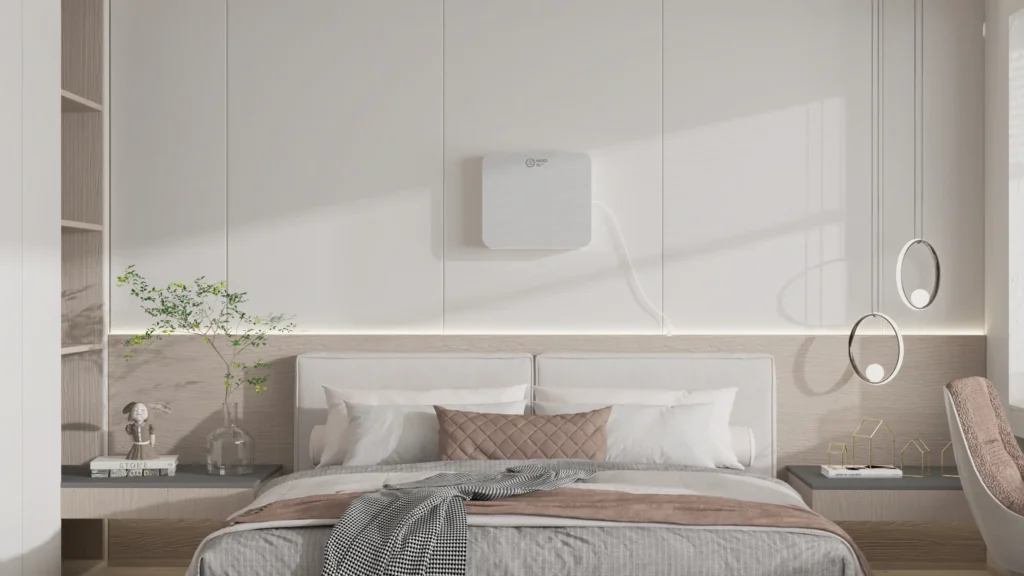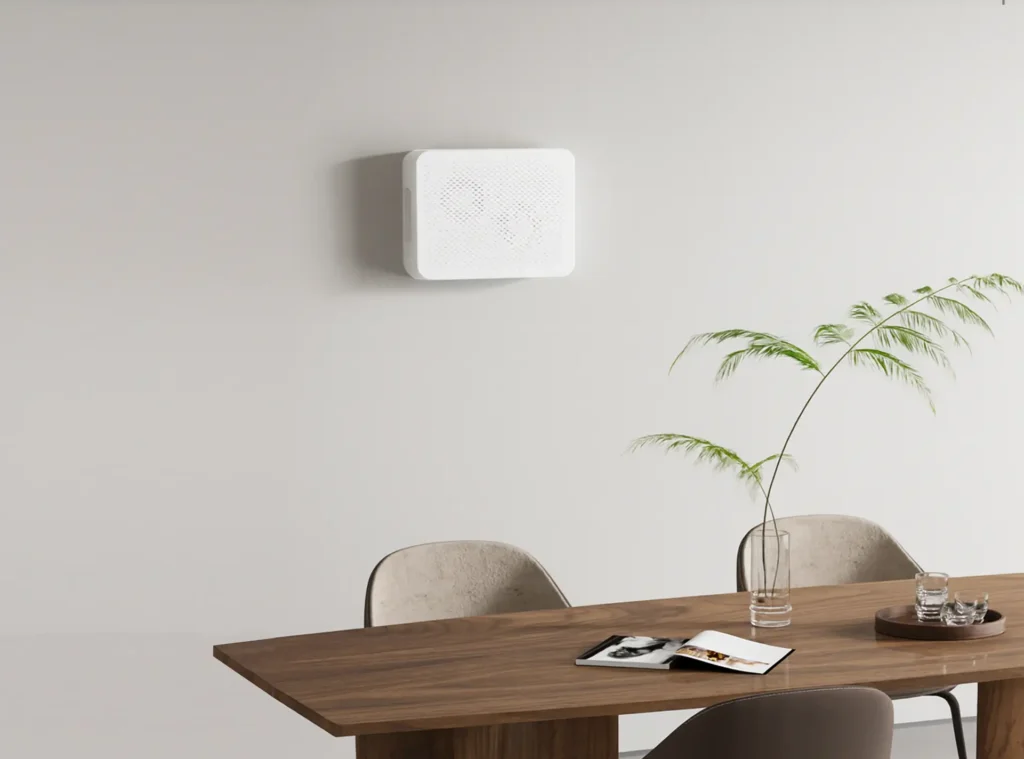Nursing homes and long-term care facilities house highly vulnerable populations in complex indoor environments. In these settings, indoor air quality (IAQ) is not just about comfort—it is essential to resident health, safety, and quality of life.
Studies show that indoor air can be two to five times more polluted than outdoor air, posing serious risks to older adults with compromised health. Common airborne threats include particulate matter (PM2.5), infectious bioaerosols, and volatile organic compounds (VOCs).
This article explores the unique IAQ challenges in nursing homes and outlines the most effective air purification strategies. A layered approach—combining source control, HVAC upgrades, and portable air purifiers with HEPA, activated carbon, and UV-C—is key.
Clean air is a fundamental part of modern care. Facility administrators must act proactively to assess IAQ and implement targeted solutions that protect residents and reduce operational risks.
The Air Quality Imperative in Long-Term Care Environments
Air quality in long-term care facilities is no longer just a comfort issue it’s a key element of resident safety and standard of care. The combination of a medically vulnerable population and a complex indoor environment demands proactive air quality management. Understanding these risks is essential to implementing effective solutions.
1.1 The Vulnerable Population: Health Risks in Elderly Residents
Residents in nursing homes are particularly vulnerable to environmental hazards. This is due not only to age but to the effects of chronic conditions and a weakened immune system. A natural decline in immune function known as immunosenescence limits the body’s ability to fight off infections. Chronic illnesses such as heart disease, diabetes, cancer, and respiratory conditions like COPD and asthma are common in this population.
Poor indoor air quality worsens these health issues. Airborne particles and irritants can trigger asthma or COPD flare-ups, causing severe breathing difficulties. Pathogen-laden air also contributes to infections such as pneumonia and bronchitis, which carry a high mortality rate among older adults. The risk is even higher for residents using ventilators or catheters, as they are more exposed and have weaker defenses.
1.2 The Built Environment: Why Nursing Homes Are High-Risk
Nursing homes often present physical conditions that trap pollutants. According to the EPA, indoor air pollution levels can be two to five times higher than outdoor levels, especially in institutions. A study found that 81% of long-term care facilities suffer from poor ventilation.
Several factors increase risk:
- Poor Ventilation: Aging HVAC systems often fail to provide enough fresh air, allowing airborne contaminants to build up.
- Shared Spaces: Communal living—shared dining, activities, and social areas—makes it easy for airborne illnesses to spread.
- High Foot Traffic: Staff, visitors, and new residents frequently bring in new pathogens.
- Moisture and Mold: Leaks, condensation, and humidity foster mold, which releases harmful spores.
- Chemical Pollutants: Cleaning agents, air fresheners, pesticides, and off-gassing from furnishings contribute to VOC buildup.
1.3 Health Impacts of Poor IAQ
The consequences of poor air extend beyond breathing issues:
- Respiratory/Cardiovascular Illness: Mold and particles inflame airways and worsen chronic conditions. Long-term exposure is also linked to heart problems in older adults.
- Infectious Disease Spread: Poor airflow helps viruses and bacteria linger and spread rapidly.
- Cognitive Decline: Studies link air pollution with memory loss and dementia, worsening existing cognitive issues.
- Skin Irritation: Pollutants can trigger rashes or infections in older adults with fragile skin and slower healing.
This creates a feedback loop: poor air leads to illness, illness requires treatment, treatment (like antibiotics) increases resistance, and residents become even more vulnerable to the next threat. Breaking this cycle starts with environmental control.
1.4 Air Quality as a Standard of Care
Maintaining clean air is part of a facility’s legal and ethical responsibility. Ignoring mold, musty odors, or poor ventilation may be considered neglect. Families are encouraged to watch for signs, ask questions, and document concerns. Facilities must demonstrate active IAQ management as part of quality care and risk reduction.
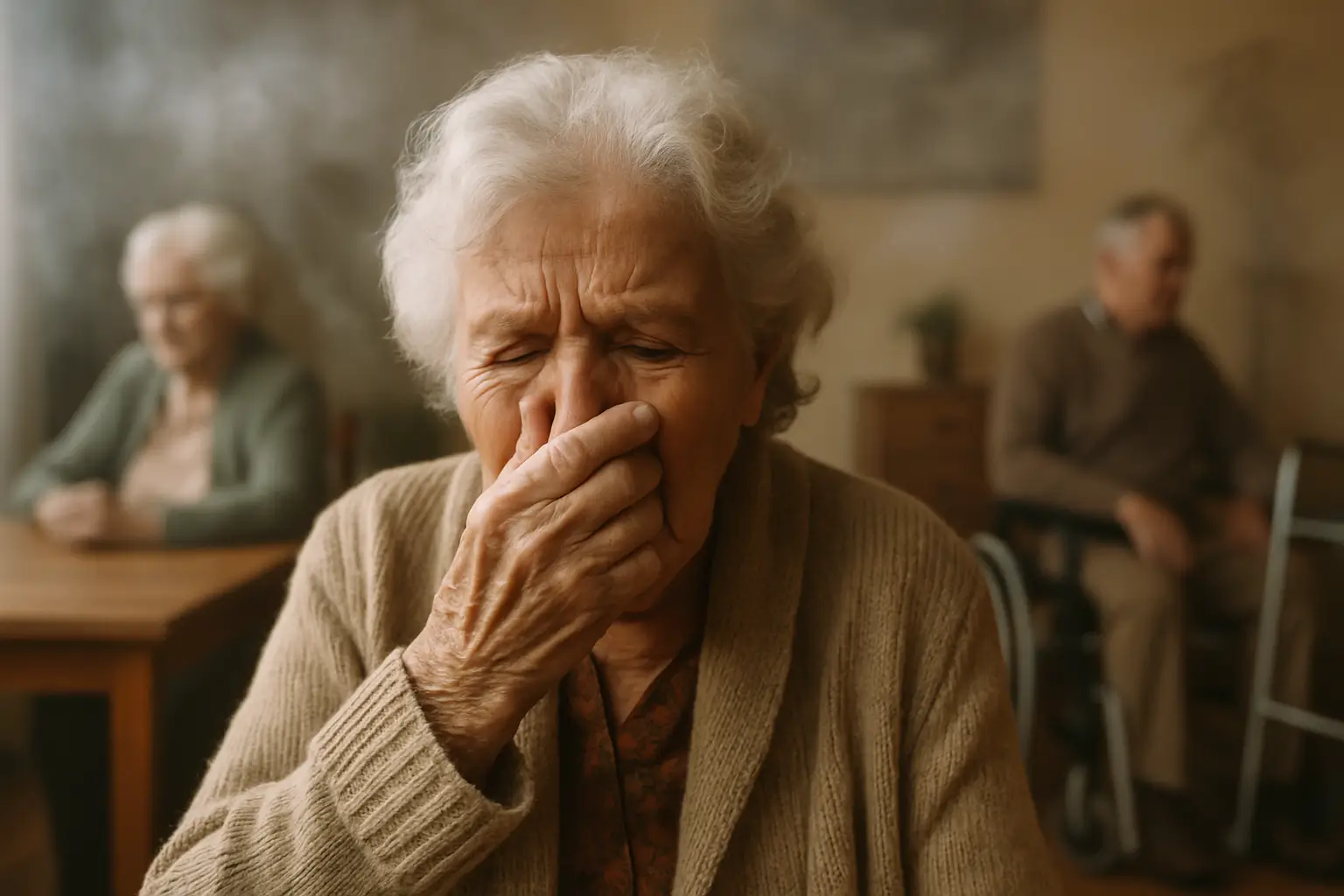
Profiling Airborne Contaminants in Nursing Facilities
Effective air purification begins with understanding the specific types of indoor pollutants present. Air in nursing homes is not a single substance but a mix of contaminants from various sources. These fall into three key categories: particulate matter, infectious bioaerosols, and volatile organic compounds. A successful air quality strategy must address all three.
2.1 Particulate Matter (PM): A Widespread Hazard
Particulate matter includes solid particles and liquid droplets suspended in the air, categorized by size—PM10 (≤10 micrometers) and PM2.5 (≤2.5 micrometers). PM2.5 is especially concerning, as it can penetrate deep into the lungs and enter the bloodstream.
In nursing homes, common PM sources include:
- Dust and Dust Mites: Accumulate in carpets, bedding, and furniture.
- Pollen and Allergens: Enter via open doors, windows, or on clothing.
- Soot and Dander: From combustion and animal visitation.
- Cooking Byproducts: Kitchens contribute to indoor PM levels.
PM exposure can worsen respiratory issues, aggravate heart conditions, and has been linked to diseases such as COPD, cancer, and dementia. It is a recognized global health risk.
2.2 Infectious Bioaerosols: Airborne Disease Risks
Bioaerosols—viruses, bacteria, and fungal spores—are major contributors to airborne infections in communal settings like nursing homes. Pathogens spread via droplets, airborne particles, or contaminated ventilation systems, often leading to serious illness and hospitalization.
2.2.1 Viral Pathogens
Due to weakened immune systems and close contact, residents are highly susceptible to viruses such as:
- Influenza A/B: Responsible for most flu-related deaths among older adults.
- RSV: Can cause pneumonia and bronchitis.
- Coronaviruses: COVID-19 highlighted the risk of airborne transmission in care settings.
- Other Viruses: Parainfluenza and adenoviruses can also trigger outbreaks.
2.2.2 Bacterial Pathogens
Bacterial infections are common and often severe:
- MRSA: Causes infections through direct or airborne contact.
- Streptococcus pneumoniae: A major cause of pneumonia and meningitis.
- C. difficile: Primarily contact-spread, but spores can become airborne in poor conditions.
2.2.3 Fungal Pathogens
High humidity and poor ventilation support fungal growth:
- Aspergillus spp.: Can trigger allergies and invasive lung infections.
- Candida auris: A drug-resistant fungus that spreads easily and survives on surfaces.
2.3 Volatile Organic Compounds (VOCs): Chemical Exposure Risks
VOCs are gases released from everyday products and building materials. Often undetectable by smell, they pose significant health risks.
Key sources include:
- Cleaners and Disinfectants: Frequently used chemicals release formaldehyde, benzene, and other VOCs.
- Building Materials and Furnishings: New flooring, paint, and adhesives off-gas for months.
- Personal Care Products: Deodorants, sprays, and perfumes contribute VOCs.
- Pesticides and Air Fresheners: Used for odor control or pest management, but add chemical load.
Short-term VOC exposure causes headaches, fatigue, and irritation; long-term exposure can lead to organ damage, neurological effects, and cancer. For nursing home residents, the risks are amplified by preexisting health conditions.

HisoAir’s Latest Floor-Standing and Wall-Mounted Air Purifier
Essential Air Purification Technologies for Nursing Homes
Improving air quality in nursing homes requires a multi-technology approach. No single system can eliminate all airborne threats. The most effective solutions combine HEPA filtration, activated carbon, and, where needed, UV-C irradiation—each targeting specific pollutants.
3.1 High-Efficiency Particulate Air (HEPA) Filtration
HEPA filters capture 99.97% of particles as small as 0.3 microns, making them essential for removing dust, pollen, mold spores, and bioaerosols like viruses and bacteria.
How It Works:
HEPA filters trap particles through:
- Impaktion: Larger particles collide with fibers and stick.
- Abfangen: Mid-size particles follow airflow and touch fibers.
- Diffusion: Smaller particles move erratically, increasing capture chances.
Why It Matters:
In nursing homes, HEPA filters reduce airborne transmission risks and improve respiratory health, especially for residents with asthma or COPD.
3.2 Activated Carbon Filtration
HEPA filters don’t capture gases. Activated carbon, with its vast surface area, adsorbs VOCs and odors from the air.
How It Works:
Gas molecules adhere to carbon’s porous surface, removing chemicals and smells through adsorption.
Why It Matters:
Activated carbon filters reduce exposure to harmful gases from cleaners, furnishings, and personal care products. They also neutralize persistent odors, improving indoor comfort. Units should include several pounds of carbon to ensure lasting effectiveness.
3.3 Ultraviolet Germicidal Irradiation (UV-C)
UV-C light adds another level of protection by inactivating microorganisms through damage to their genetic material.
How It Works:
At 254 nanometers, UV-C disrupts DNA or RNA, stopping reproduction and neutralizing pathogens.
Why It Matters:
Useful in high-risk areas like isolation rooms, UV-C can reduce airborne virus and mold activity. It's most effective when paired with filtration.
Safety Note:
UV-C systems must be enclosed or positioned to prevent direct exposure, as the light can harm skin and eyes. All devices should meet CARB standards to avoid ozone emissions.
Key Considerations When Choosing Air Purifiers for Nursing Homes
Choosing the right air purifier involves more than understanding technology—it requires attention to practical needs, safety standards, and regulatory compliance.
4.1 Clean Air Delivery Rate (CADR)
CADR measures how efficiently a purifier removes dust, pollen, and smoke from the air. A higher CADR means faster, more effective air cleaning.
Why It Matters:
Choose a unit with a CADR at least two-thirds the room's square footage. In nursing homes, higher CADR is preferred due to increased vulnerability and need for frequent air exchanges.
4.2 Ozone Emission
Some purifiers, like ionizers and certain UV-C systems, may emit ozone—a known lung irritant.
Safety Tip:
Only use devices with CARB certification, ensuring ozone emissions stay below 0.050 ppm. This protects residents with respiratory issues from potential harm.
4.3 Noise Levels
Noise impacts resident comfort and sleep quality. Loud purifiers can be disruptive.
Recommendation:
Select models operating under 50 dB on high settings. Features like "sleep mode" help reduce noise overnight.
4.4 Filter Replacement and Maintenance
Purifier performance depends on regular filter changes.
Look For:
- Filter Change Indicators
- Easy Access Design
- Affordable, Available Replacements
- Washable Pre-Filters to extend main filter life
4.5 Durability and Reliability
Nursing homes need equipment that runs reliably around the clock.
Choose Models With:
- Commercial-Grade Build
- 24/7 Operation Rating
- Strong Warranty and Support
Reliable air purifiers are a long-term investment in both resident health and operational efficiency.
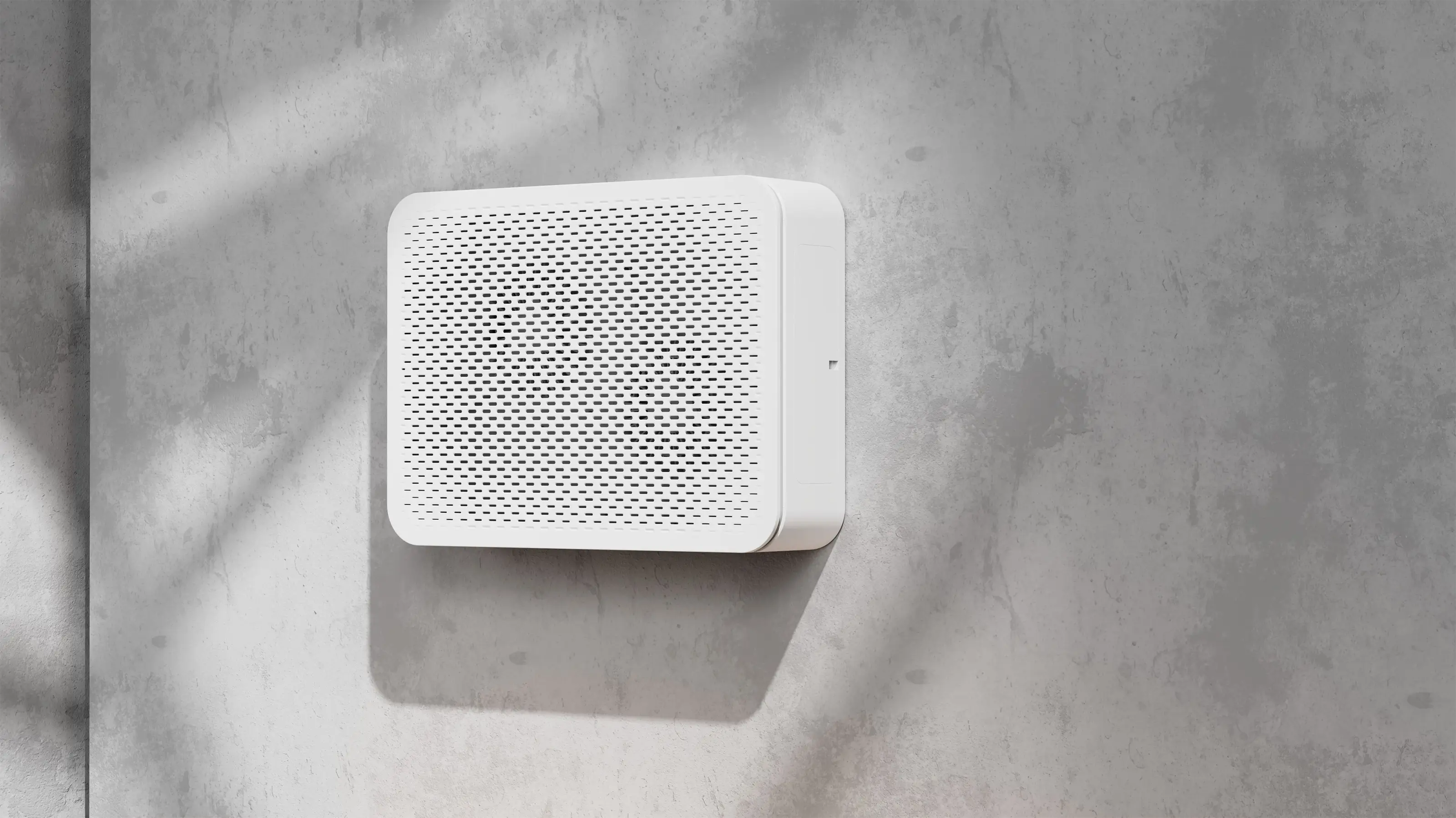
HisoAir Wall-Mounted Air Purifier – Customizable Filters to Meet Your Unique Filtration Needs.
Strategic Framework for Implementing Air Purification in Nursing Homes
A successful air purification program requires a structured plan—starting with assessment and followed by targeted implementation across the facility.
5.1 Conduct a Comprehensive IAQ Audit
Begin by identifying air quality risks:
- Visual Inspection: Check for mold, water damage, dust, and ventilation issues.
- Air Sampling: Measure PM2.5, PM10, VOCs, CO₂, and pathogens (if needed).
- HVAC Assessment: Review filter quality, maintenance records, and airflow rates.
- Source Identification: Identify pollutant sources, such as cleaning products or furnishings.
Use findings to guide a tailored strategy.
5.2 Implement a Multi-Layered Approach
Combine:
- Source Control: Use low-VOC products, repair leaks, improve infection control.
- HVAC Upgrades: Install MERV 13+ filters and consider UV-C in-duct systems.
- Portable Purifiers: Use high-efficiency units where needed based on risk.
5.3 Tailored Deployment by Area
Different areas need different solutions:
- Resident Rooms: Quiet HEPA units with carbon filters and sleep mode.
- Common Areas: High CADR models with HEPA, carbon, and optional UV-C.
- Isolation Rooms: Medical-grade HEPA with UV-C.
- Medical Areas: Advanced filtration for staff and resident protection.
- Kitchens/Laundry: Carbon filters to reduce odors and VOCs.
5.4 Regular Monitoring and Maintenance
- Filter Changes: Follow a set replacement schedule.
- System-Checks: Monitor airflow, noise, and purifier function.
- Staff Training: Ensure staff understand usage and upkeep procedures.
Ongoing attention ensures long-term air quality and resident safety.
Schlussfolgerung
Clean air is essential to resident health, safety, and quality of life in nursing homes. Given the vulnerability of elderly populations, effective IAQ management must target particulate matter, bioaerosols, and VOCs. The best air purifiers use HEPA filtration, activated carbon, and UV-C (when appropriate), and must be CARB-certified and CADR-rated.
More than a capital expense, air purification is a critical investment in health, infection control, and quality care. It helps prevent illness, supports cognitive function, and creates safer, more comfortable environments upholding the dignity and well-being of those most at risk.

